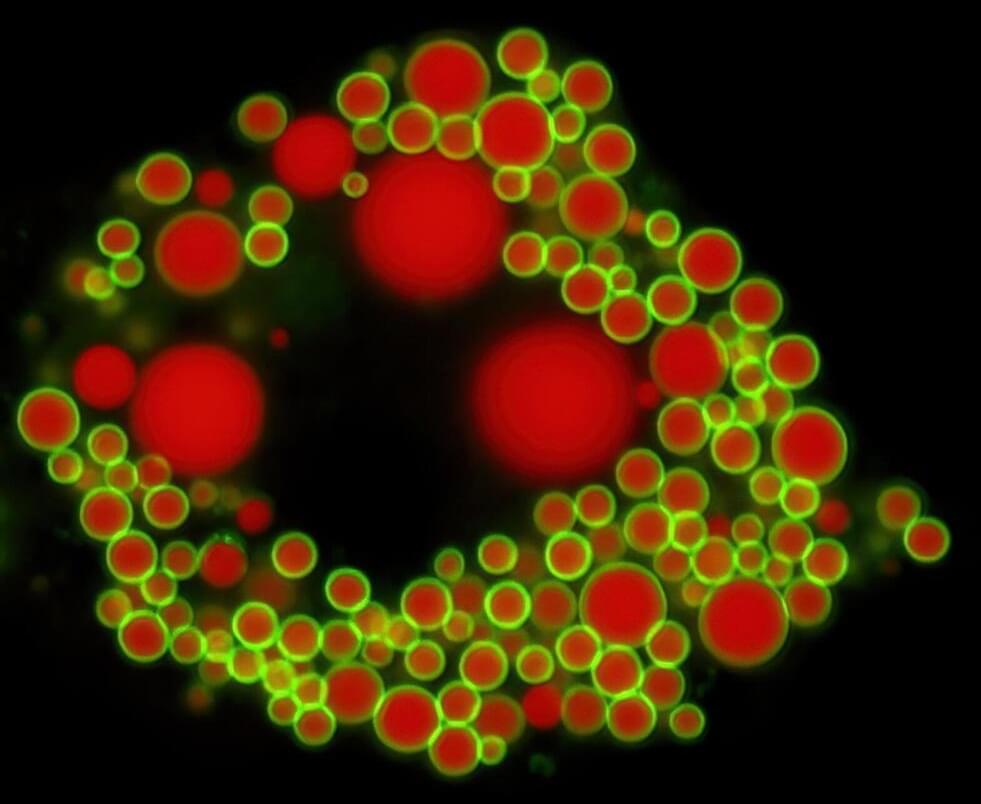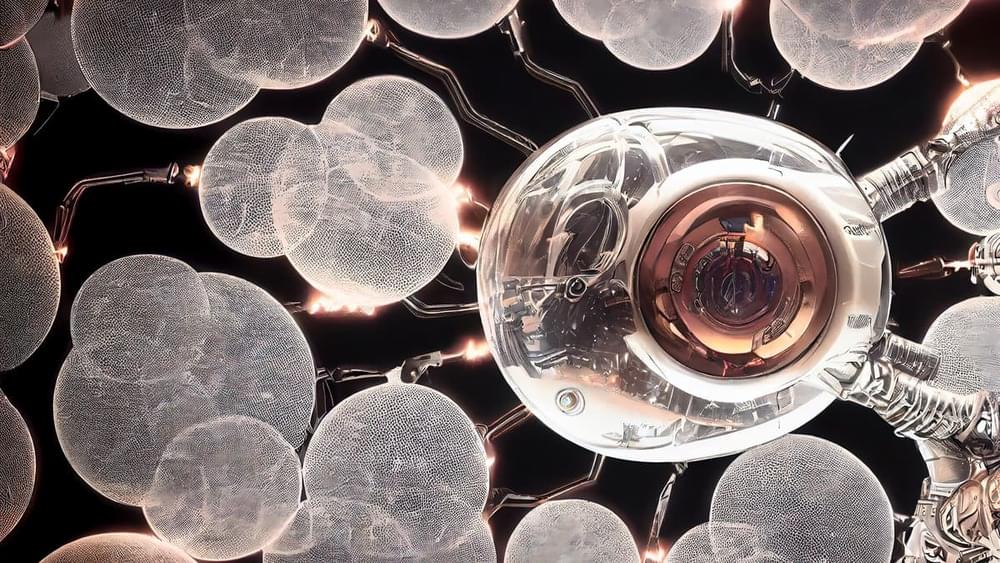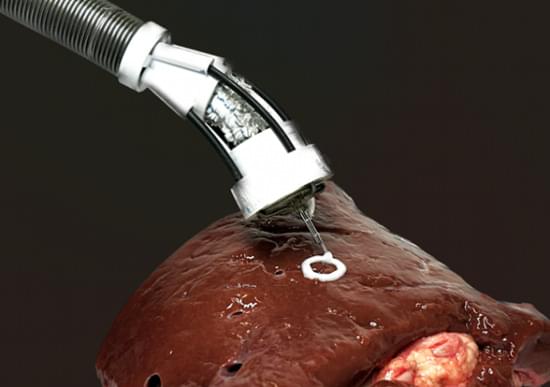The first SPAD camera.
TOKYO, April 3, 2023—Canon Inc. announced today that the company is developing the MS-500, the world’s first1 ultra-high-sensitivity interchangeable-lens camera (ILC) equipped with a 1.0 inch Single Photon Avalanche Diode (SPAD) sensor2 featuring the world’s highest pixel count of 3.2 megapixels3. The camera leverages the special characteristics of SPAD sensors to achieve superb low-light performance while also utilizing broadcast lenses that feature high performance at telephoto-range focal lengths. Thanks to such advantages, the MS-500 is expected to be ideal for such applications as high-precision monitoring.








